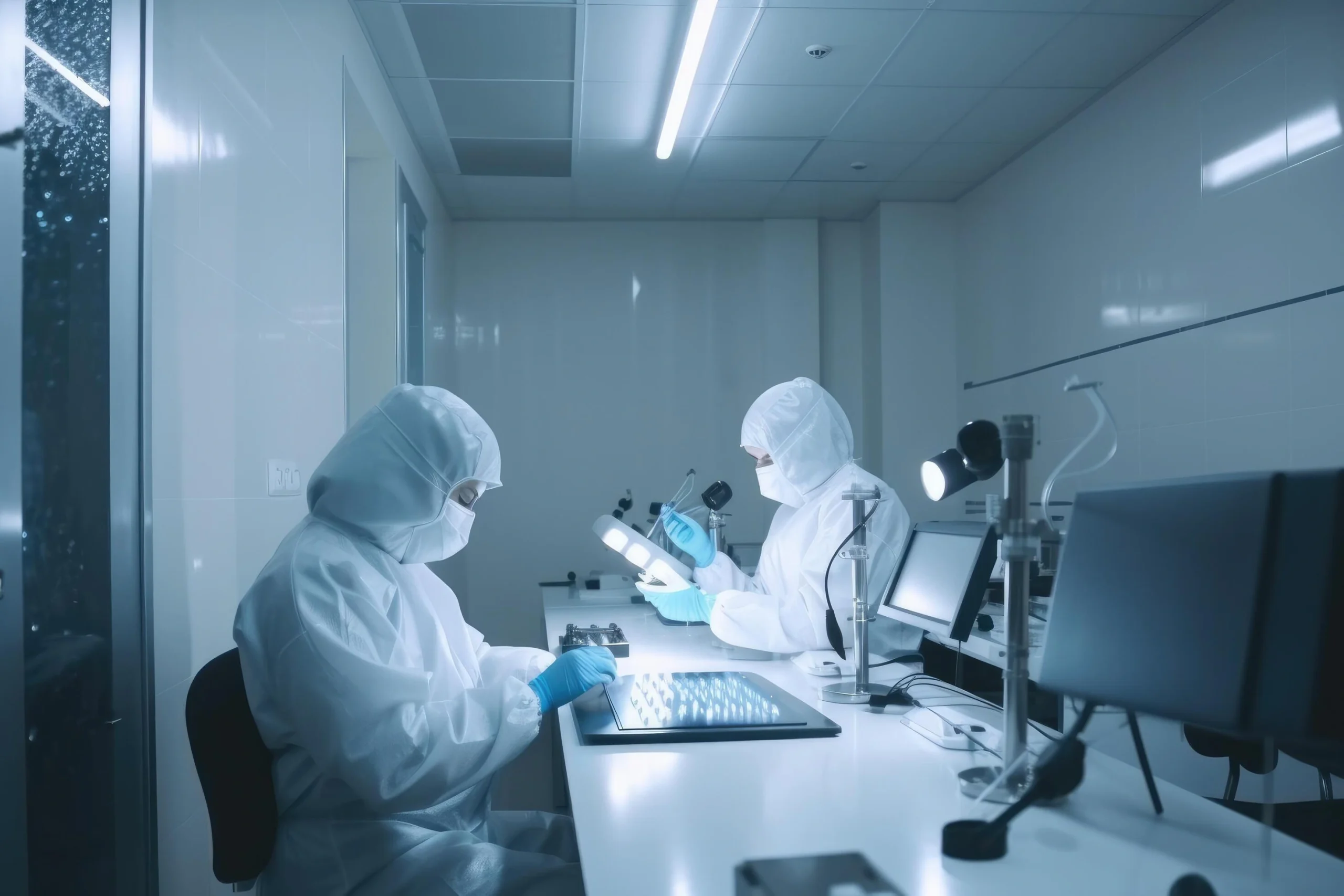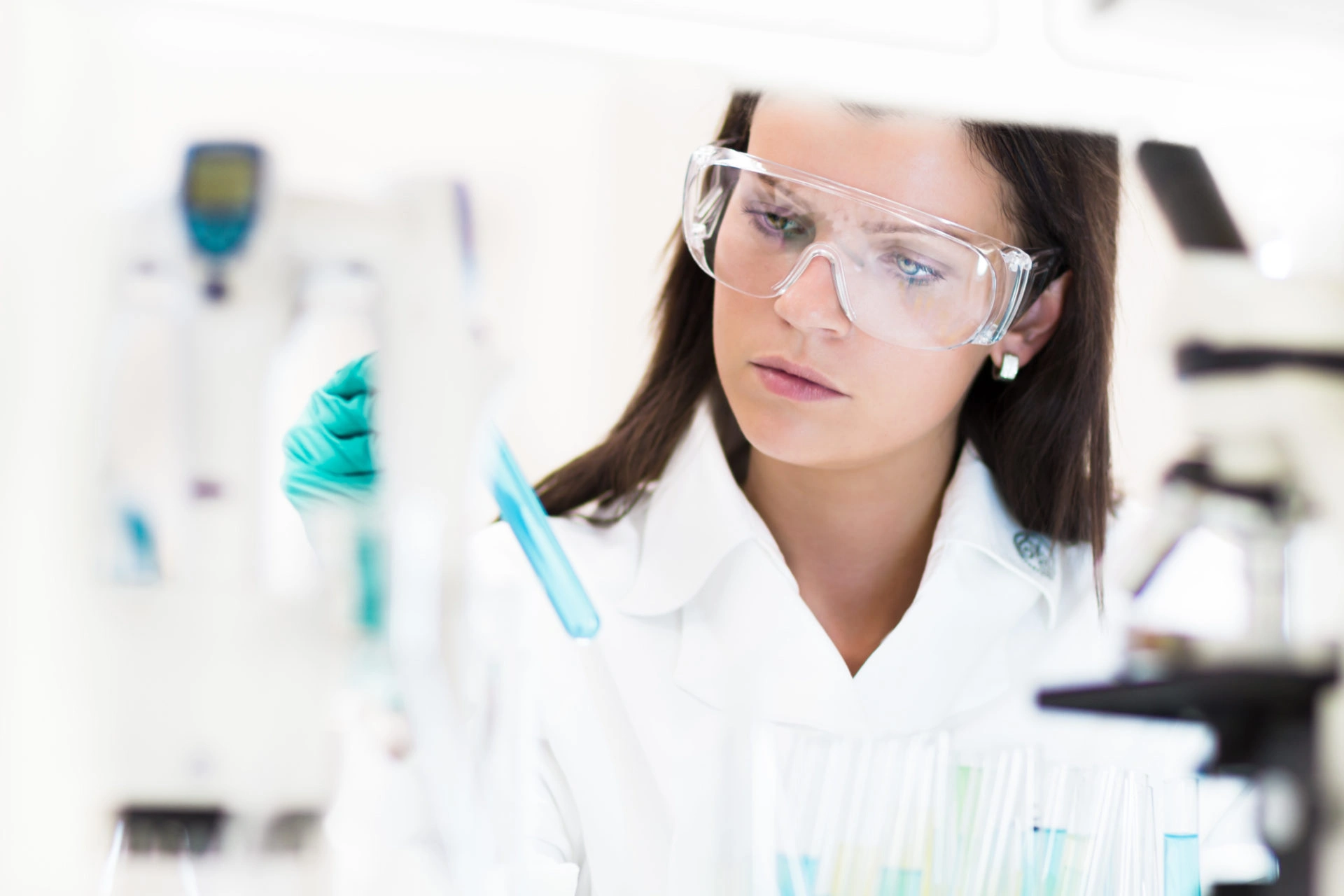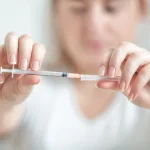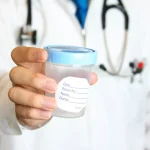The IVF Process Step by Step: What to Expect From Start to Finish
If you’re just beginning to explore in vitro fertilization (IVF), it can feel overwhelming. There are injections, procedures, and multiple appointments, and it’s natural to wonder what the journey really looks like from start to finish. IVF is one of the most advanced fertility treatments available, and while the process may seem complex, breaking it down into clear stages makes it easier to understand and prepare for.
In this guide, we’ll walk you through the IVF process step by step, explain how long each stage usually takes, and share what you can expect along the way.
Step 1: Initial Consultation and Fertility Testing

The IVF journey begins with your first appointment at a fertility clinic. During this consultation, your doctor will review your medical history, lifestyle factors, and any previous attempts to conceive. Both partners typically undergo testing, which may include:
● Bloodwork to measure hormone levels.
● Ultrasound scans to check ovarian reserve and uterine health.
● Semen analysis to evaluate sperm count and quality.
● Screening for underlying conditions like PCOS, endometriosis, or thyroid disorders.
This stage usually takes 2–4 weeks, depending on how quickly results come back. The goal is to design a treatment plan that’s personalized to your needs.
Step 2: Ovarian Stimulation
Once testing is complete, the treatment cycle begins with ovarian stimulation. In a natural menstrual cycle, only one egg matures. IVF aims to mature several eggs at once, increasing the chances of fertilization.
● You’ll take hormone injections (FSH and LH) for 8–14 days.
● During this time, you’ll attend frequent monitoring appointments with ultrasounds and bloodwork to track follicle growth.
● Your doctor will adjust medications as needed to optimize egg production.
Some women experience mild bloating or mood changes during this phase, but these side effects are usually manageable.
Step 3: Preventing Premature Ovulation
As the eggs develop, there’s a risk they could release too early. To prevent this, your doctor may prescribe GnRH antagonist or agonist injections. These medications act as a safeguard, keeping eggs in place until retrieval.
This step typically overlaps with ovarian stimulation and lasts several days.
Step 4: The Trigger Shot
When ultrasounds show that the follicles are ready, it’s time for the trigger shot — a key milestone in the IVF process.
● The trigger shot (hCG or a GnRH agonist) completes egg maturation.
● It’s carefully timed, usually 34–36 hours before retrieval.
● Precision is crucial: if given too early or too late, eggs may not mature properly.
This stage marks the final preparation before egg collection.
Step 5: Egg Retrieval
Egg retrieval is a short outpatient procedure performed under mild sedation.
● Using ultrasound guidance, a thin needle is inserted through the vaginal wall to collect eggs from the ovaries.
● The procedure typically takes 20–30 minutes.
● Most patients go home the same day and can return to normal activities within 24 hours.
The number of eggs retrieved varies, but doctors often aim for 8–15 mature eggs.
Step 6: Fertilization and Embryo Development
Once eggs are collected, embryologists combine them with sperm in the lab. There are two main methods:
● Conventional fertilization: Eggs and sperm are placed together in a dish and left to fertilize naturally.
● ICSI (intracytoplasmic sperm injection): A single sperm is injected directly into an egg, often used in cases of male infertility.
Fertilized eggs are then monitored as they develop into embryos. This stage lasts about 3–5 days, during which embryologists check growth and quality.
Step 7: Embryo Transfer
After a few days of development, one or more embryos are selected for transfer into the uterus.
● The transfer is a quick, painless procedure, similar to a Pap smear.
● No anesthesia is required.
● Many clinics prefer to transfer a single high-quality embryo to reduce the risk of multiple pregnancies.
If successful, the embryo implants in the uterine lining and begins developing into a pregnancy.
Step 8: The Two-Week Wait
After embryo transfer comes the two-week wait, which many patients find the most emotionally challenging part of the IVF process. During this time, progesterone supplements help support the uterine lining and encourage implantation.
Roughly 10–14 days later, a blood test will confirm whether implantation was successful.
Step 9: Pregnancy Testing and Follow-Up
The final step of an IVF cycle is the pregnancy test. If positive, your clinic will schedule ultrasounds to monitor early development. If not successful, your doctor will review the cycle results and may suggest adjustments for future attempts.
It’s important to remember that IVF success often takes more than one cycle. Many couples require 2–3 cycles before achieving pregnancy.
What Is The Hardest Stage Of IVF?

Every patient experiences IVF differently, but many agree that the two-week wait is the hardest stage. Physically, the injections and procedures can cause discomfort, but it’s the emotional toll of waiting that most couples struggle with.
During this time, you don’t know whether the embryo has implanted, and every twinge or symptom can feel magnified. Some patients also find ovarian stimulation challenging because of the daily injections, bloating, and mood swings caused by hormones.
The “hardest stage” can vary depending on personal circumstances. For some, it’s the stress of egg retrieval; for others, it’s coping with uncertainty after transfer. No matter which stage feels most difficult, having a strong support system and guidance from your care team can make the process more manageable.
The IVF Process Timeline at a Glance
From start to finish, one IVF cycle usually takes about 6–8 weeks:
● Consultation and testing: 2–4 weeks
● Ovarian stimulation: 8–14 days
● Egg retrieval and fertilization: 5–7 days
● Embryo transfer: 1 day
● Pregnancy test: 10–14 days after transfer
Emotional and Physical Aspects of IVF
The IVF process isn’t only medical — it’s emotional too. Daily injections, frequent appointments, and the uncertainty of results can feel stressful. Many patients benefit from counselling, support groups, or simply leaning on friends and family for encouragement.
Physically, side effects are usually mild, though some women experience bloating, cramping, or fatigue. Your clinic will monitor you closely to avoid complications like ovarian hyperstimulation syndrome (OHSS).
How to Improve Your Chances of IVF Success
While some factors are beyond your control, there are steps you can take to support your treatment:
● Adopt a healthy lifestyle: Balanced diet, regular exercise, no smoking, and limited alcohol.
● Manage stress: Techniques like yoga, meditation, or therapy can help.
● Follow instructions carefully: Medication timing is critical to cycle success.
● Ask questions: Understanding each step reduces anxiety and helps you feel in control.
IVF Is a Journey, Not Just a Procedure
So, what is the IVF process step by step? From initial consultation to pregnancy testing, the journey involves multiple carefully timed stages, each designed to maximize your chances of success. While the process can feel intense, knowing what to expect helps make it more manageable.
With patience, support, and expert medical care, IVF can bring many families closer to their dream of having a child. If you’re ready to begin your IVF journey and want personalized care every step of the way, book a consultation with The Bridge Clinic’s IVF specialists today. With advanced treatments, experienced doctors, and compassionate support, we’ll help you navigate the IVF process with confidence.
Follow us on our social media channels below:
Explore our related articles below:








